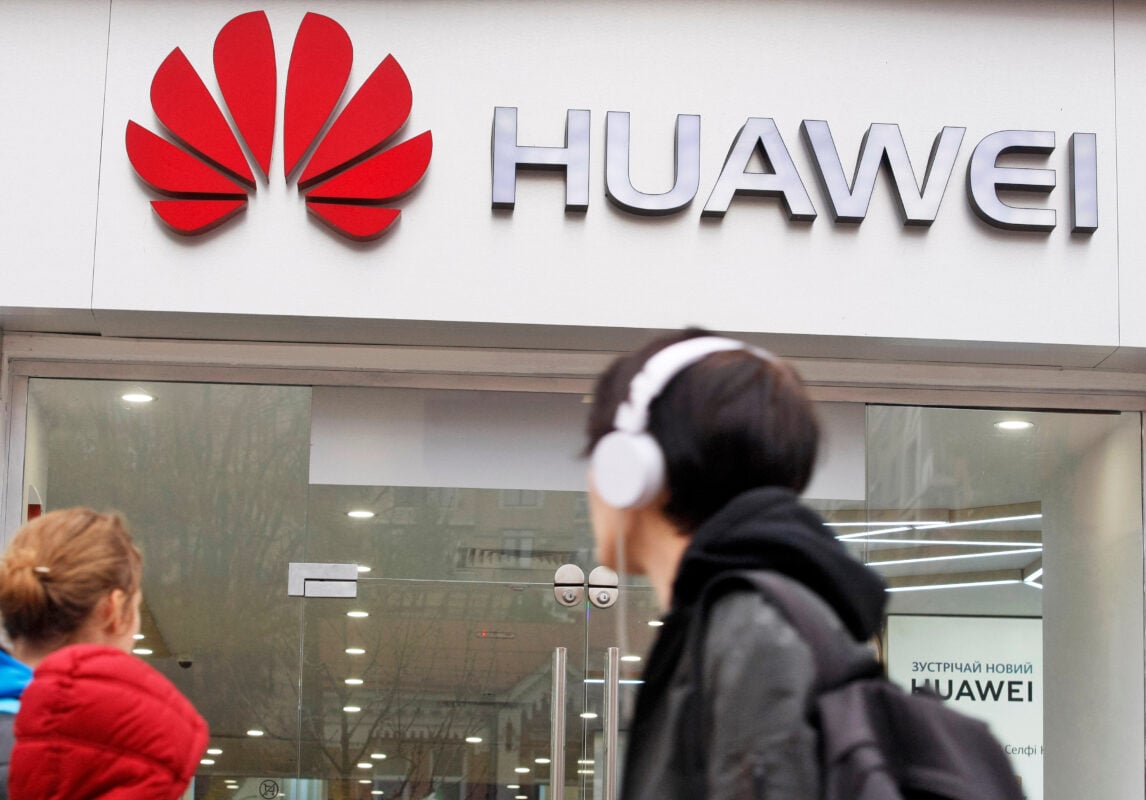TLDRs;
- Huawei launched new Atlas 950 and 960 AI superclusters with up to 1 million NPUs by 2027.
- The move positions Huawei as a domestic alternative to Nvidia amid U.S. restrictions on AI chip exports.
- SuperPoD Interconnect technology enables massive chip clustering, similar to Nvidia’s NVLink system.
- Huawei’s cloud restructuring shows its strategic pivot to AI-driven services after years of profitability challenges.
Huawei has unveiled its most ambitious AI computing systems yet, signaling a determined push to reduce dependence on foreign technology and strengthen domestic artificial intelligence capabilities.
At the company’s annual Connect 2025 conference in Shanghai, the Shenzhen-based giant introduced a new generation of “supernode” computing clusters, designed to rival Nvidia and other global leaders in AI infrastructure.
The announcement comes at a time when Chinese firms face escalating restrictions on access to U.S.-made chips and high-performance computing systems, prompting local tech giants to accelerate homegrown innovation.
Atlas Superpods and Superclusters Revealed
Huawei presented two new platforms, the Atlas 950 and Atlas 960, available both as superpods and superclusters. These systems are powered by the company’s Ascend neural processing units (NPUs), custom-designed chips that have become central to Huawei’s AI strategy.
At HUAWEI CONNECT 2025 in Shanghai, Huawei's Yang Chaobin, Director of the Board and CEO of the ICT Business Group, introduced the liquid-cooled, full-mesh interconnect Atlas 950 SuperPoD, the air-cooled Atlas 850 SuperPoD, and the Atlas 350 AI Card with Ascend 950PR chip. pic.twitter.com/1uiDbgbW15
— Huawei (@Huawei) September 20, 2025
According to the company, the Atlas 950 superpod will integrate 8,192 Ascend NPUs and is scheduled for release by the fourth quarter of 2026. The larger Atlas 960 superpod, planned for late 2027, will feature up to 15,488 of the Ascend 960 NPUs.
On a larger scale, Huawei aims to deliver the Atlas 950 supercluster, capable of hosting more than 500,000 NPUs by 2026. The Atlas 960 supercluster, expected in 2027, will surpass 1 million NPUs, making it one of the most powerful AI computing frameworks ever built in China.
Competing With Nvidia and xAI
The timing of Huawei’s announcement underscores its strategic rivalry with Nvidia, the U.S. semiconductor leader that dominates global AI chip markets. Nvidia’s GPUs remain the gold standard for training large language models and generative AI systems, but ongoing export restrictions have limited their availability to Chinese companies.
To fill that gap, Huawei introduced SuperPoD Interconnect technology, which allows thousands of Ascend AI chips to work together efficiently, similar to Nvidia’s NVLink system. The company claims this will enable it to scale AI training workloads for everything from enterprise applications to national-level research programs.
This move also positions Huawei as a domestic alternative to U.S. and European suppliers, giving Chinese tech firms more control over their supply chains in a turbulent geopolitical climate.
Restructuring for an AI Future
The launch of these superclusters follows Huawei’s broader internal pivot toward artificial intelligence. In August 2025, the company restructured its cloud unit, consolidating operations into six focus areas including computing, storage, database, and cybersecurity, with a renewed emphasis on AI research and development.
The restructuring was driven partly by profitability challenges in Huawei’s cloud business, which had posted losses in prior years. By reorganizing, the company is aiming not only to cut costs but also to capture higher-margin opportunities in AI-driven services.
Looking Ahead
Huawei’s supernode initiative is more than a technological upgrade, it is a strategic response to mounting trade barriers, supply chain vulnerabilities, and the global AI arms race. If delivered on schedule, the Atlas 950 and 960 superclusters could significantly strengthen China’s domestic computing power and reduce reliance on Western technologies.
Still, challenges remain. Achieving seamless performance at such massive scale will require breakthroughs in chip design, interconnect efficiency, and energy optimization. Yet, Huawei appears ready to shoulder those hurdles, betting that AI infrastructure will define the next era of technological leadership.






